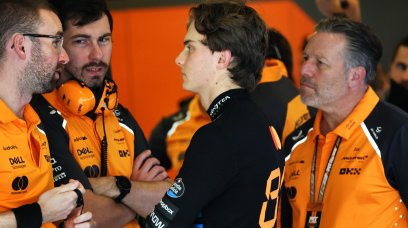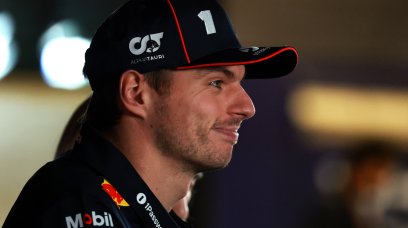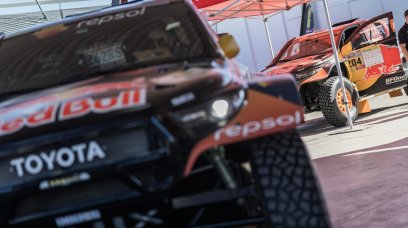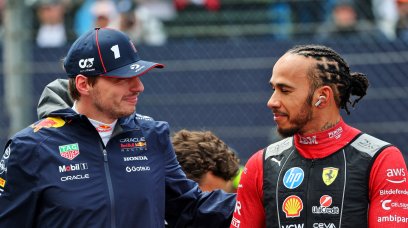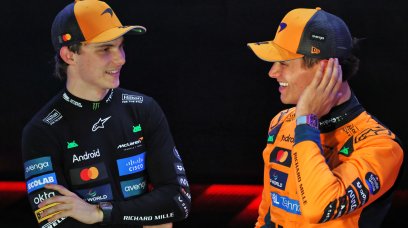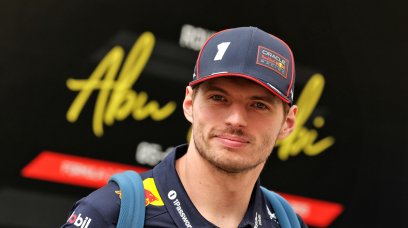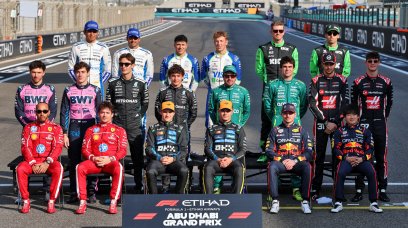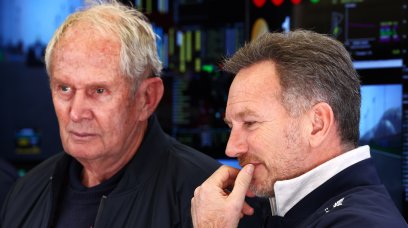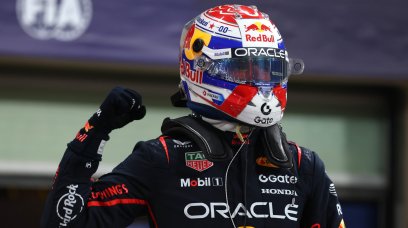Guenther Steiner has explained how his drivers will prepare for the 2022 season, given that Haas do not directly own a simulator. As such, Steiner says that Mick Schumacher and Nikita Mazepin will use a simulator from Ferrari to become acquainted with the new 2022 cars. "At the moment, we have done very little with [preparing the drivers for] the new era car," Steiner said in an exclusive interview with RacingNews365.com . "We did go to the simulator before the test, because we are making the model we use, I call it the old Ferrari simulator, the commercial simulator from Ferrari. "But we are just setting it up now. The first rounds will be [in the] beginning of February, and then we see. And that is how we get them at least hopefully somehow acquainted to how the new car behaves."
How much of Haas' 2022 car is in their own hands?
Haas have a unique set-up in that they do not have a dedicated manufacturing facility. Instead, the American team have a close relationship with Ferrari, in that the Scuderia manufacture listed parts - for which a team needs to hold the design rights - at a base in Maranello, separate to the main Ferrari factory. Haas also buy in their non-listed parts from outside sources. Given the set-up of the team - in terms of the role of Ferrari in creating parts of the car, as well as buying in non-listed parts from other sources - Steiner admits that there are elements of the design that are not in their control. When asked how much of the car is in their own destiny, the Team Principal explained: "[It's] difficult to say [in terms of a percentage]. "Aero is always dominant on an F1 car, and we do our aero 100 percent ourselves. Obviously, suspension we buy, and therefore we have very little, if no input in that one, so that's a given. "I don't know how much percentage you want to give to aero, but that's 100 percent in our control. You want to give it a 50 percent? Because the rest is chassis and engine? I would say it's a 50 percent. It's in our control, 100 percent."
Changes to parts classification
Steiner says that changes to the parts classification system have not had an effect on their control over the car. "That didn't change," he said, in reference to the fact that the FIA added additional classification categories this year. "The fuel cell [now] is actually [a listed part]... The performance of the fuel side, obviously, you need to do it right. But everybody does it right. Some of the things are given anyway. "How does the engine look, that defines your shape of the fuel cell anyway, on one side. But, with the fuel quantity and the geometry of the chassis, [they are] by regulation. For safety, there is not a lot of scope in it, and there is not a lot of performance in it. "It's a lot more work, obviously, to do it yourself than just buying a design fuel cell. But there is not a lot of performance in that one, so that is not a big part of it."
Most read
